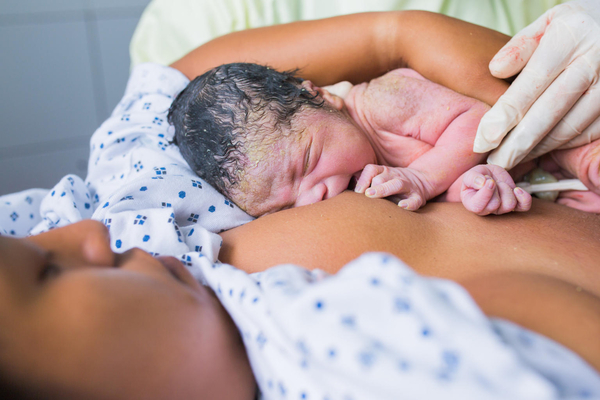Content on this site is co-developed by implementers. | Please send inputs and ideas so we can move faster together.
2.3M
newborns die every year
-
75%
of these deaths are preventable

2023 marked a historic achievement, as under-five child deaths worldwide dipped just under 5 million[1]. However neonatal mortality – defined as death within the first 28 days after birth – is declining much more slowly, with the number of newborn deaths stagnating at 2.3 million per year since 2020[2]. Almost half of all under-five deaths are newborns and complications of preterm birth are the world’s leading killer of children[3].
Small and sick newborns are at the greatest risk of death and disability. Of the 2.3 million newborns that die each year[4], approximately 80% are low-birth-weight and two-thirds are premature[5].
An estimated per-year worldwide require some newborn care in hospitals[6]. Many of those that survive do so with lifelong conditions and disabilities that are preventable.
Survivors of newborn complications face a lifelong risk of preventable disabilities and other health conditions.
The world has pledged to end the tragedy of preventable newborn deaths.
12 or fewer neonatal deaths per 1000 live births by 2030
Sustainable Development Goal 3.2 (SDG 3.2) set the first ever global targets for newborn survival, aiming to reduce neonatal deaths to 12 per 1,000 live births by 2030. However, at current rates of progress, this target will not be met. 65 countries are off track for the neonatal target, and 60 for the under-5 target[7].
80% of all districts in every country have at least one level-2 inpatient newborn care unit by 2025
Every Woman Every Newborn Everywhere builds on the momentum of the Every Newborn Action Plan (ENAP) and Ending Preventable Maternal Mortality (EPMM) with:
- Ambitious targets and milestones to reduce maternal and newborn deaths and stillbirths;
- A self-reporting tool for countries to track progress;
- 25+ countries actively implementing action plans; and
- A dashboard to monitor and compare key maternal and newborn health indicators across regions and income levels.
Neonatal survival around the world
Most neonatal deaths occur in Low and Middle-Income Countries (LMICs), with over 80% in sub-Saharan Africa and Central and Southern Asia[8]. This map shows national neonatal mortality rates from the latest estimates led by UN-IGME. For more details please see UNICEF data.
South Asia has the largest overall number of newborn deaths several countries are at risk of missing SDG 3.2, but there is also major ambition for change. An example of this is India’s INAP and a single digit neonatal mortality rate target[9]. At current rates of progress, Sub-Saharan Africa will be the last global region to achieve SDG 3.2 for newborn survival. For some African countries, it will be an estimated 100 years before their newborns have the same chance of survival as a newborn in North America, Europe, or Australia[10].
Small and sick newborns require high-quality inpatient care
Investment in improving care and survival for small and sick newborns has typically been focused on single interventions. Most newborns will have more than one problem and therefore require multiple interventions. The delivery of these interventions depends on having a functioning health system, including adequate Infrastructure, Human Resources, Equipment & Commodities, and Information Systems to track progress.
To meet the SDG targets, the 77th World Health Assembly in 2024 stated that we all need to move faster together to scale-up high-quality Small and Sick Newborn Care.
